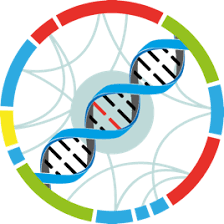Study : Larix laricina Raw sequence reads
Identification
Name
Larix laricina Raw sequence reads
Identifier
dXJuOkVWQS9zdHVkeS9QUkpOQTYxMjA1OA==
Description
Raw RNA-seq reads from Larix laricina. There are 6 trees total that were all sampled for abscission zones at 3 different time points based on needle color change (timepoint 1 being green needles, timepoint 2 being yellow needles, and timepoint 3 being dropped needles). Larix laricina, commonly known as the Eastern Larch, is a deciduous conifer native to Eastern and Northeastern United States, Eastern Canada, and Alaska. Trees such as L. laricina serve as an indicator of ecosystem health, as modifications to plant phenology, including the timing of needle color change and dropping, are impacted by climate change, introduced pathogens, and other environmental stressors. Among deciduous species, Autumn leaf abscission results from a reduction of chlorophyll in response to shortened day length and water availability. The mechanisms of leaf loss in angiosperms have been well studied; however, little is known about the gymnosperms that display this trait. Here, we present a comparison of the genetic mechanisms underlying needle loss with those implicated in other deciduous species. RNA was collected from the abscission zone of 18 trees during three distinct Autumn season timepoints. Illumina libraries were sequenced on the NextSeq500 (75bp PE). In the absence of a reference genome, transcripts were de novo assembled and assessed for differential expression across the three timepoints.
Active
No
Genotype
| Accession number | Name | Taxon |
|---|
